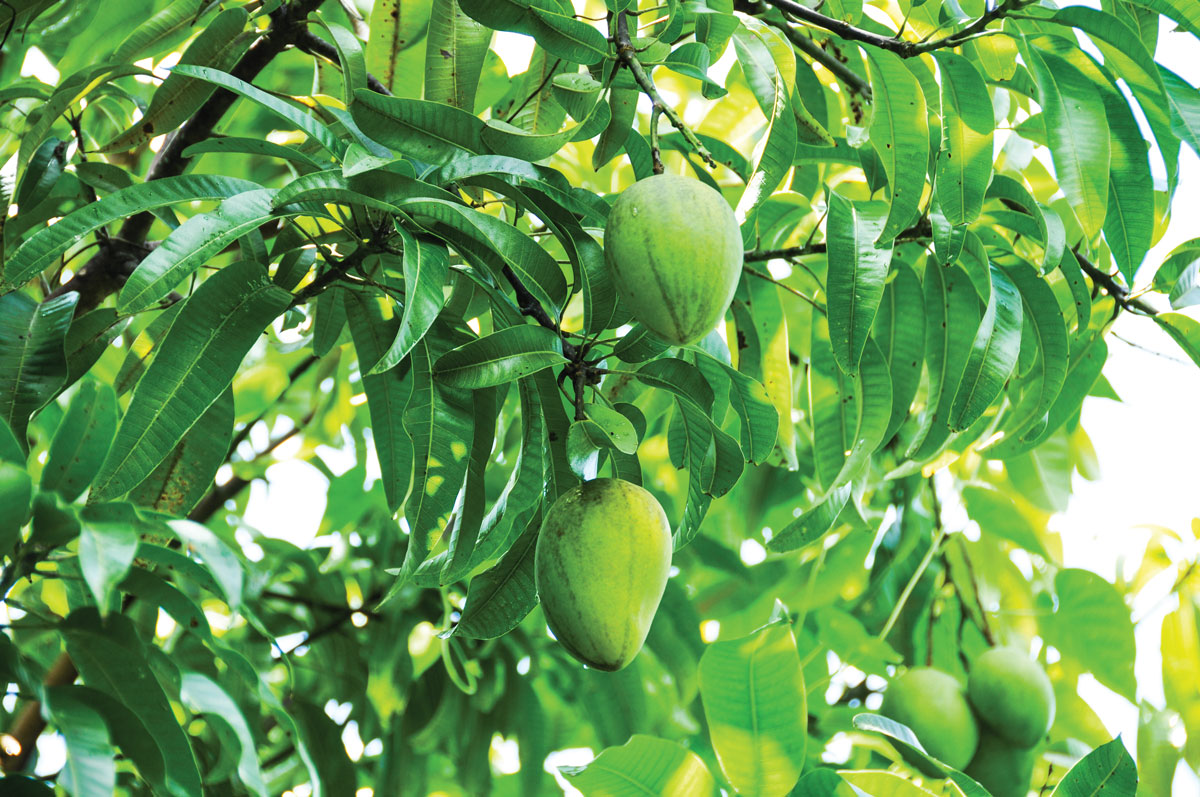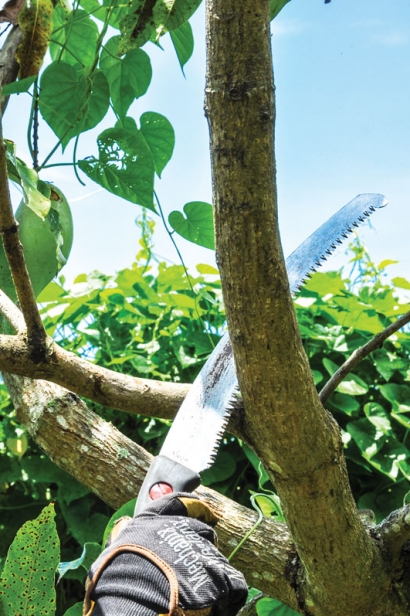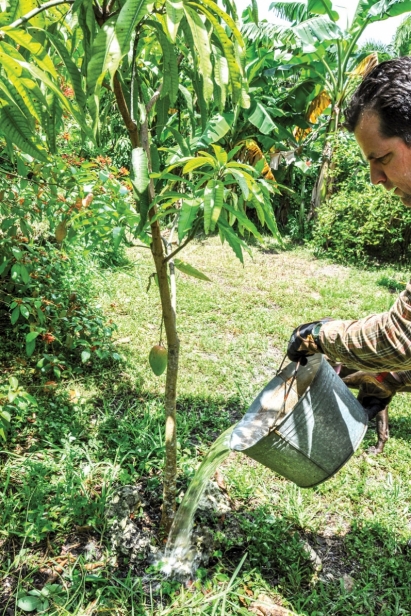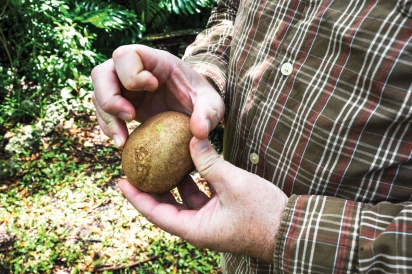Timing is Everything
Sometimes when you do something is just as important as what you’re actually doing. Here’s a guide to good timing on what you need to do with your tropical fruit trees.
When to Fertilize
This has a dual answer because you put out major elements and minor elements differently. Majors, like nitrogen, phosphorus and potassium, can be applied throughout the year from May to November. Most crops respond well to an 8-3-9. Minor elements should only go out during the rainy season (June-October). If the ground isn’t wet when you put these out, you’re wasting your fertilizer and your effort.
When to Prune
Of all the “whens,” this one is likely the most important. If you prune at the wrong time, you can lose your crop for the next season. The answer is an easy one. You want to prune as soon as you finish harvesting your crop. This will cause the least disruption in the blooming cycle. If you prune too close to the time your tree is set to bloom, you may cut off blooms that are just about to come out.
When to Plant
This answer is twofold. The best-case scenario for planting your trees is at the beginning of the rainy season, generally late May or early June. On the other hand, you really want to get your fruit trees in the ground as soon as you can. If you acquire a few avocado trees in February, there’s no reason to hold on to them until June. You’re still going to have to water them, so why not get them in the ground and water them there instead?
When to Water
If you have an irrigation system in place, you may be watering too often. Most fruit trees do not need much supplemental irrigation and if they do, it’s when the fruit has just set. The idea is to try to pump up the fruit a little bit. Some crops like mangos and lychee need a drying-out period to bloom properly. If these crops are irrigated throughout the year, they will have a poor bloom.
When to Harvest
Harvest times differ for every crop, but in most cases, you can harvest before the fruit is fully ripe. The fruit needs to be mature, but does not need to show full color. Look for full-size fruit with rounded-out shoulders. You can usually let mature fruit ripen off the tree. This helps with pests like squirrels, who may get to the fruit before you do.
Ready for Harvest?
MANGO – Look for a color break and shoulders that are filled out completely. Will continue to ripen off of the tree.
AVOCADO – These will not ripen off the tree, so wait until you see one or two drop. Look for full-sized fruit.
CARAMBOLA – Pick when they have some color, but are not fully yellow.
MAMEY AND SAPODILLA – These are tricky because they have brown skin. Nick the fruit with your fingernail and look for red or brown below the surface of the nick. If white latex comes from the nick, the fruit is not ripe.
CANISTEL – Wait until canistel is bright yellow and fully formed.
JACKFRUIT – This may be the hardest fruit to determine ripeness, especially since different cultivars ripen differently. Look for the spines to separate and a change in color to a darker fruit.
LYCHEE – Ready when they are round and red.
LONGAN – Ready when they look plump and rounded out.
SUGAR APPLE – When the segments begin to separate, the fruit is ready to pick.









